Euclid is a wide-angle space telescope with a 600-megapixel camera to record visible light, a near-infrared spectrometer, and photometer, to determine the redshift of detected galaxies. It was developed by the European Space Agency and the Euclid Consortium, and was launched on 1 July 2023.
– Wikipedia
Today, the European Space Agency shared the first images obtained from the telescope.
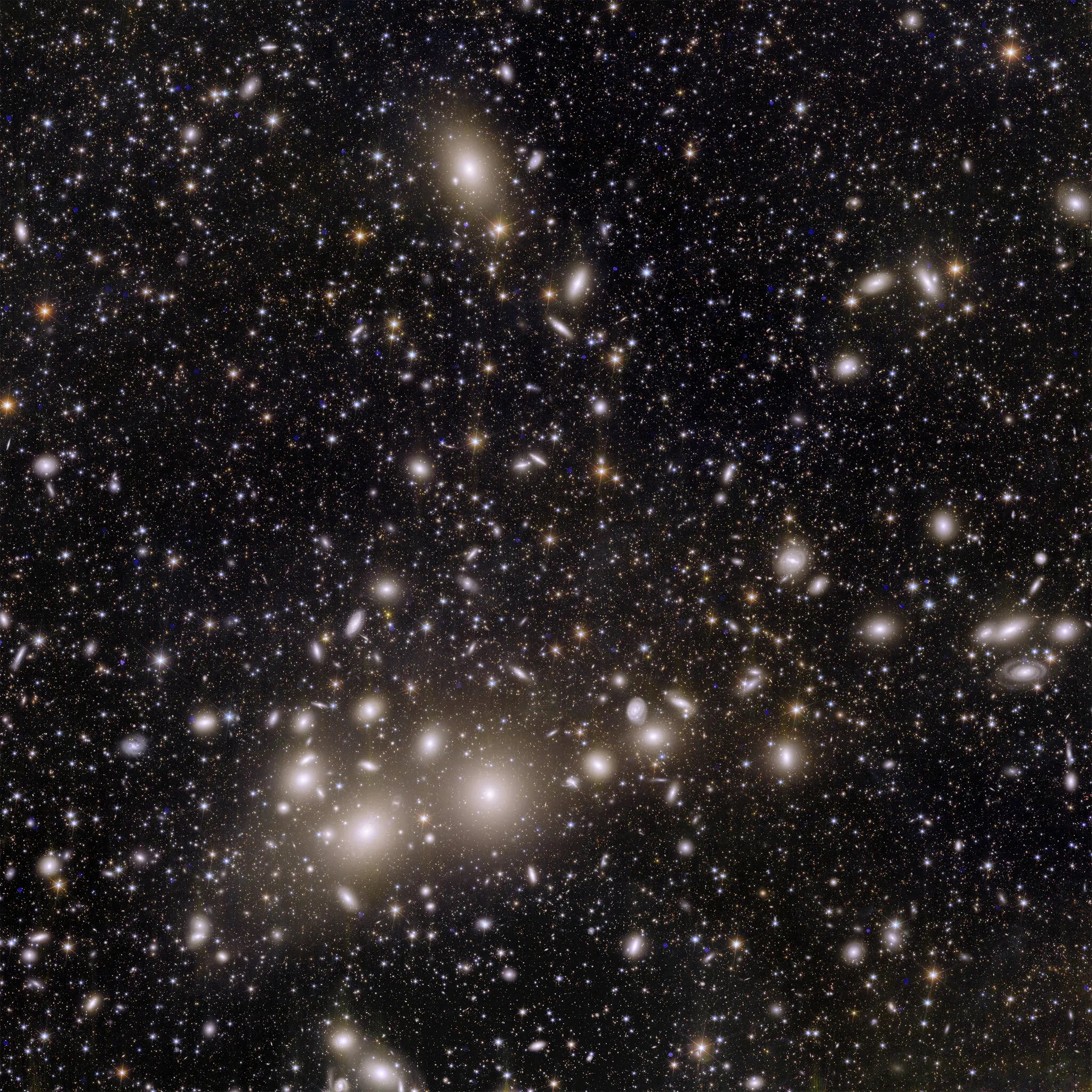
[Courtesy European Space Agency/Euclid Consortium/NASA; image processing by J.-C. Cuillandre, G. Anselmi]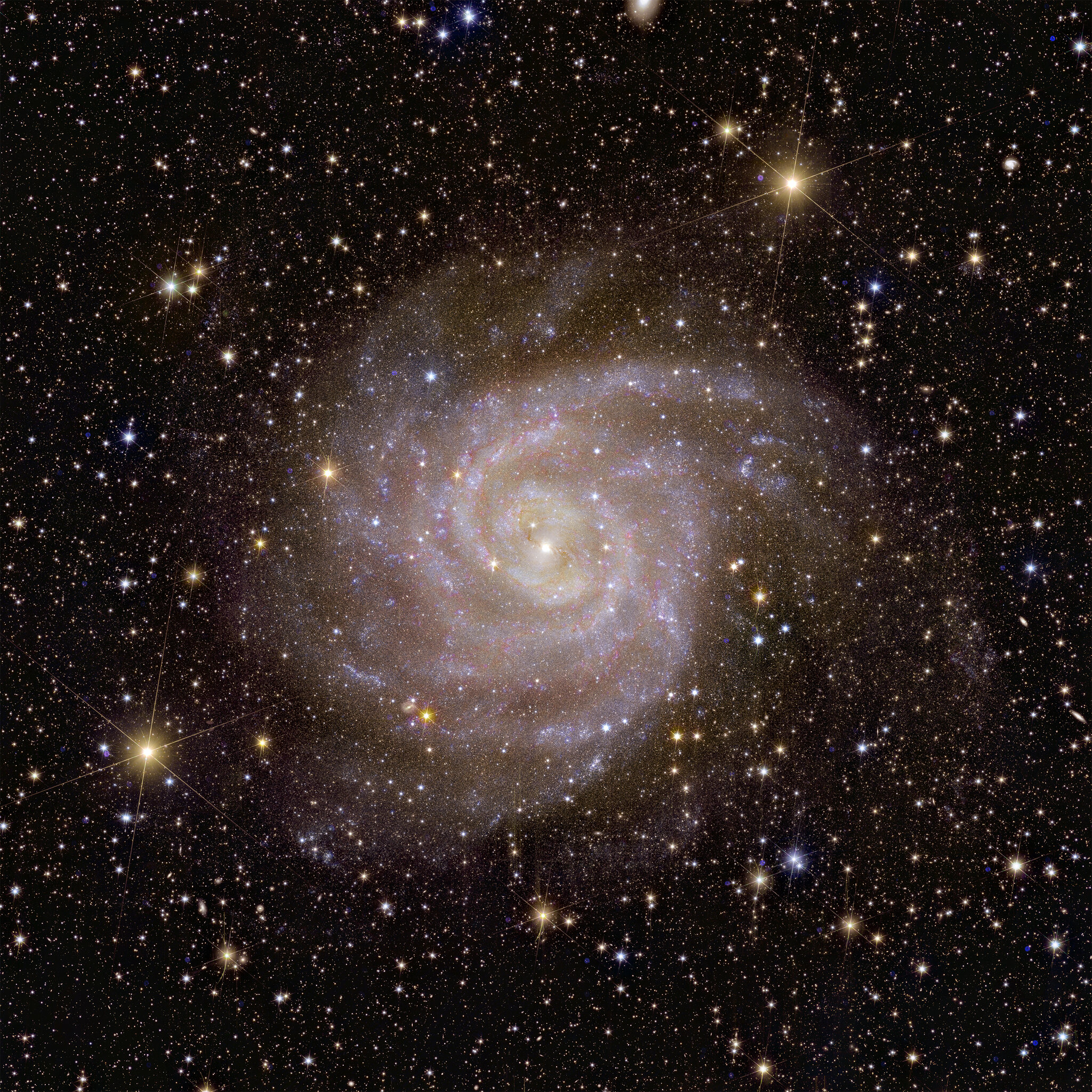
Radius 35,000 light years | discovered 1892 | distance from Earth 10.76 million light years.
[Courtesy the European Space Agency/Euclid Consortium/NASA; image processing by J.-C. Cuillandre, G. Anselmi]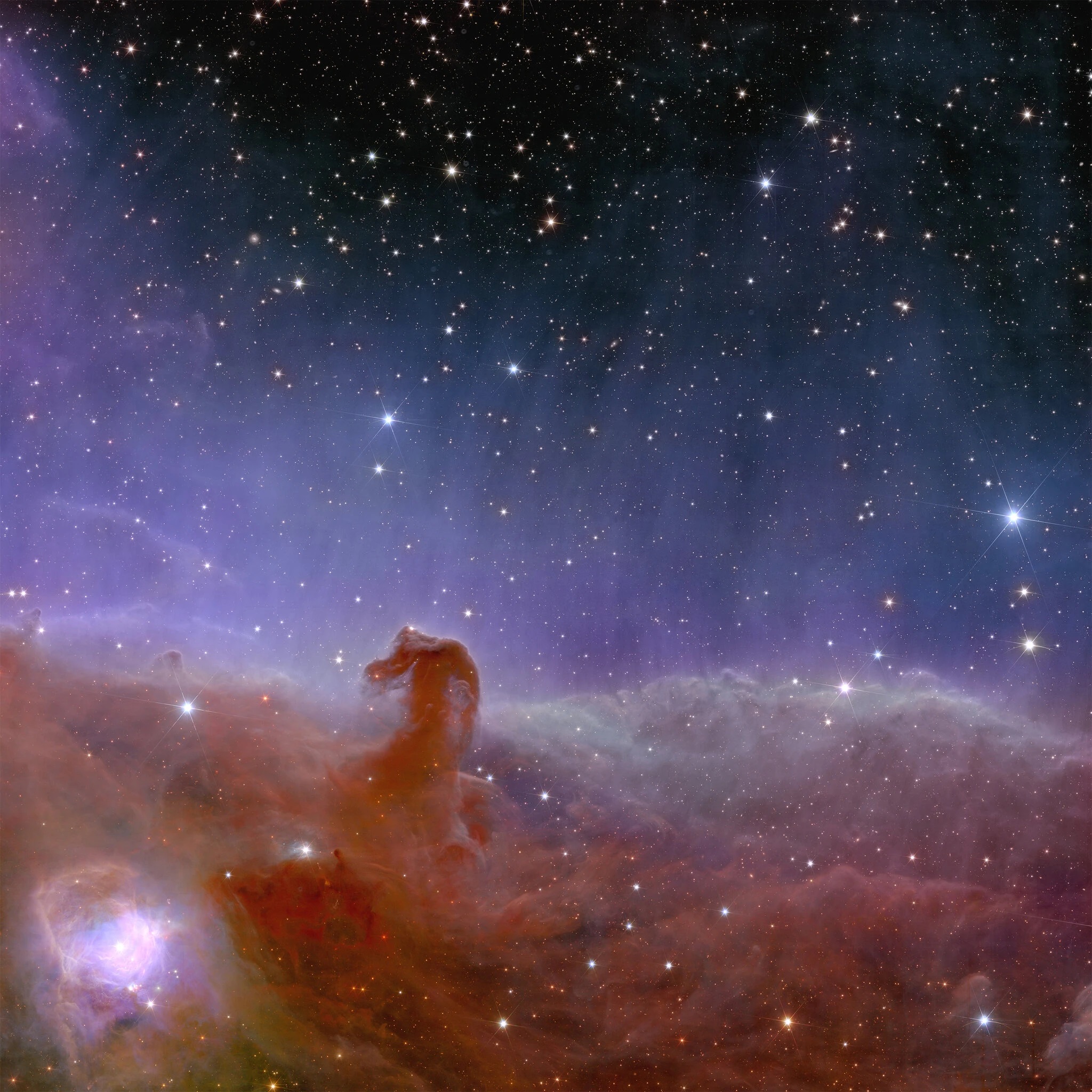
Radius 3.5 light years | discovered 1888 | distance from Earth 1,500 light years.
[Courtesy of the European Space Agency/Euclid Consortium/NASA; image processing by J.-C. Cuillandre, G. Anselmi]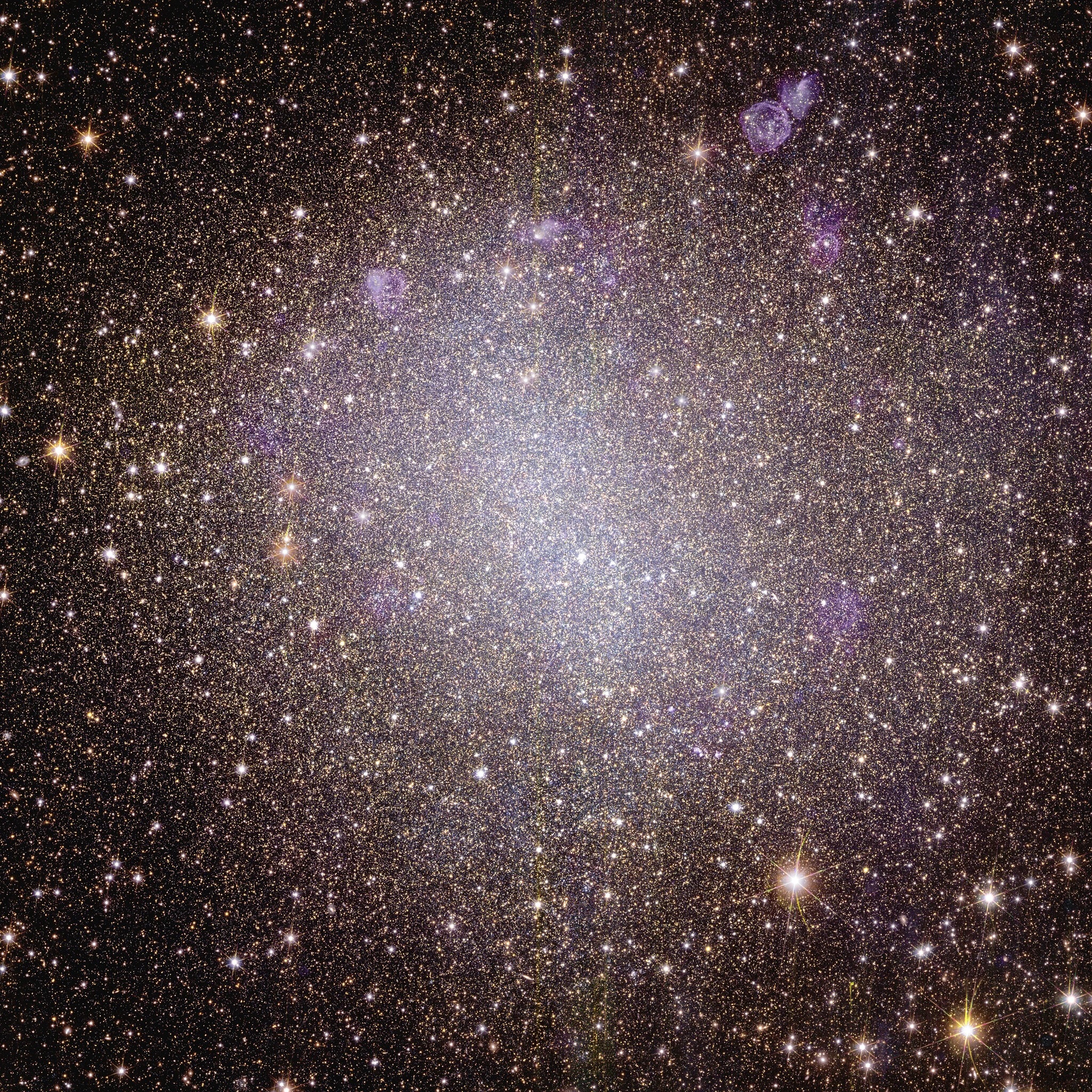
Discovered 1884 | distance from Earth 1.6 million light years.
[Courtesy the European Space Agency/Euclid Consortium/NASA; image processing by J.-C. Cuillandre, G. Anselmi]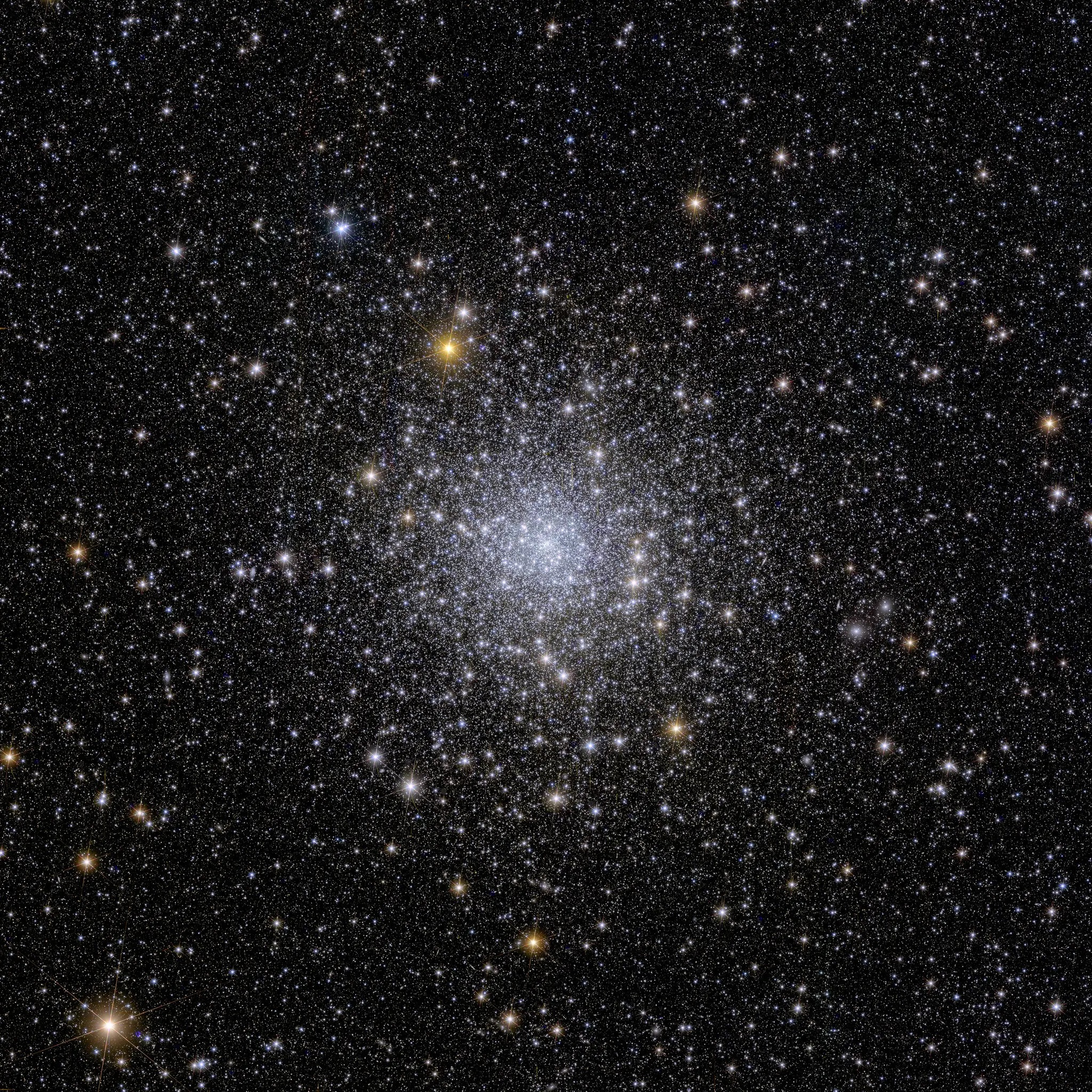
Radius 34 light years | distance from Earth 7,800 light years.
[Courtesy the European Space Agency/Euclid Consortium/NASA; image processing by J.-C. Cuillandre, G. Anselmi]
